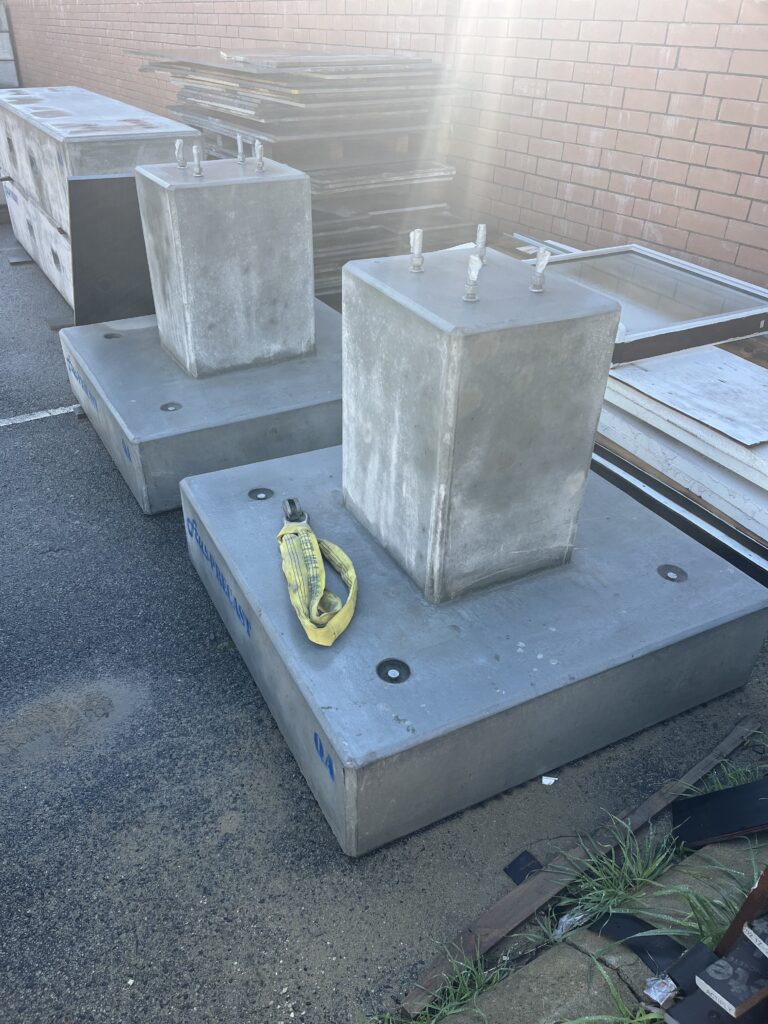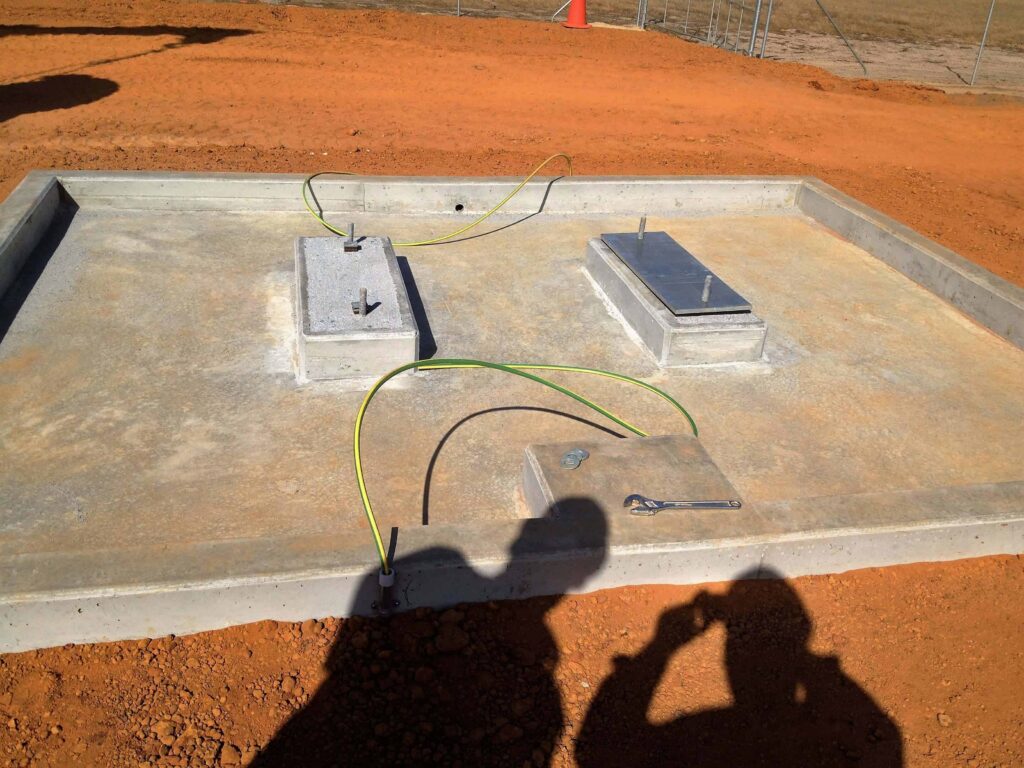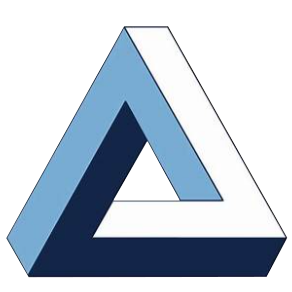Precast Concrete
At Aus-Precast, we deliver high-quality, purpose-built precast concrete products engineered for strength, safety, and efficiency. From cyclone blocks and transportable sleepers to structural footings, foundations, pedestals, and bunded modules, our range is designed to meet the demands of modern construction across diverse industries. Every piece is manufactured to exacting standards—ensuring durability, compliance, and fast on-site installation.
Safety & Quality
We prioritise safety and deliver top-quality results every time.
End-to-End Service
We’re with you from the first idea to final handover.
Real Value
We focus on outcomes that bring real value to your business.
Time-Saving
We help you stay on track and save time on every project.
Built to Last, Designed for Performance
Custom Precast Concrete Solutions for Every Application
Cyclone Blocks
Aus-Precast, based in Perth, specializes in custom-made precast concrete products, including cyclone tie-down blocks designed for securing structures in extreme weather conditions. Their blocks are engineered with embedded lifting points, making them suitable for rigging and transportation.
Fork tine recess are an optional addition, for rough terrain with positive retention.
These tie-down blocks are versatile and can be used for various applications such as holding down marquees, tents, gazebos, temporary buildings, and asset protection for car yards and storage facilities. They are made from quality assured materials and are poured without cold joints, ensuring durability and environmental sustainability.
For projects requiring specific dimensions or features, Aus-Precast offers custom manufacturing options. They can incorporate attachments and accessories like lifting points, tie-down points, and reinforcing mesh into their precast concrete products. Using CAD technology, they can transform conceptual sketches into final blueprints, ensuring that the products meet the unique requirements of each project.
Transportable Sleepers
Precast sleepers are reinforced concrete blocks or beams manufactured off-site and then delivered to the installation location. They serve as foundation supports for transportable or modular buildings, distributing the load and providing elevation and stability
Typical Use &
Configuration
Placement: Usually installed in rows under the chassis or bearers of the building.
Spacing: Depends on structural design, but generally every 1.2 to 1.8 meters along load-bearing walls.
Set on: Compacted ground or a crushed rock base.
Connection: Transportable buildings are fixed via an engineered hold down plate.
Common Sizes &
Specs
While custom sizes can be made, common dimensions include:
Length: 2800–3500 mm
Width: 600–900 mm
Height: 300–900 mm
Weight: 100–300 kg (depending on size)
Reinforcement: Steel-reinforced for durability and load capacity
Benefits of Using
Precast Sleepers
Fast Installation – Delivered ready to use; just place and level.
Reusability – Can be relocated along with the building.
Cost-effective – Minimal excavation or ground preparation required.
Durable – Resistant to moisture, pests, and environmental damage.
Compliant – Easily engineered to meet building codes and wind/seismic requirements.
Precast Footings
Precast concrete footings are structural elements manufactured off-site in a controlled environment and transported to the construction site for installation. Compared to cast-in-place footings, precast footings offer several advantages, especially in terms of project scheduling.
Weather Independence
Manufacturing occurs in a controlled facility, so bad weather doesn’t impact production.
On-site work is minimized, reducing weather-related delays.
Improved Project Scheduling
Just-in-time delivery: Precast footings can be delivered as needed, streamlining site logistics.
Better alignment with compressed construction timelines and fast-track projects.
Predictable lead times from the factory help avoid surprises or delays.
Fewer Inspections and Rework
Precast elements are quality-controlled at the plant, reducing the need for on-site inspection.
Reduced chance of on-site defects (e.g., honeycombing, improper curing), which minimizes rework and schedule disruptions.
Reduced Labor Requirements
Less skilled labor is needed on-site for forming, pouring, and finishing.
Smaller crews can handle installation, which may ease labor constraints and accelerate the project.
Efficiency in Repetitive or Modular Projects
Ideal for modular buildings, solar farms, or light industrial structures where footings are repetitive.
Mass production of identical units off-site increases efficiency.
Ideal Use Cases for Precast Footings with Schedule Benefits
Fast-track commercial and industrial projects
Temporary structures (easily removable)
Modular construction
Remote locations with limited labor availability
Solar panel installations, communication towers, or light poles
Reduced On-Site Construction Time
No curing delay: Precast footings are already cured upon arrival, eliminating the waiting time required for on-site curing of cast-in-place concrete.
Quick installation: Footings can be set and leveled in a fraction of the time it would take to form, pour, and cure cast-in-place foundations.
Parallel workflows: Precast elements can be manufactured off-site while site work (e.g., excavation, grading) is happening simultaneously.
Precast Foundations and Pedestals
Precast Foundations and Pedestals are structural elements that are manufactured off-site in a controlled factory environment, then transported and installed on-site, reducing construction time and improving quality control. Here’s an overview of both components.

Precast Foundations
Definition: A precast foundation is a concrete base unit that supports a structure or load, typically replacing traditional cast-in-place footings.
Common Types
- Precast Footings: Used for columns, poles, or light structures.
- Precast Slab Foundations: Often used in modular buildings.
- Precast Pile Caps: Support grouped piles beneath columns or walls.
Advantages
- Faster installation
- High-quality control during fabrication
- Weather-independent construction
- Reduced labor costs on-site
- Reusable molds reduce overall cost for repeated use
Applications
- Modular buildings
- Light poles and signs
- Transformer pads
- Wind turbine bases
- Temporary or portable structures
Precast Pedestals
Definition: Precast pedestals are vertical concrete components designed to elevate and support structural elements such as columns, equipment, or beams.
Functions
- Transfer loads from above to the foundation
- Provide elevation (e.g., for flood resistance or clearance)
- Support industrial equipment or electrical gear
Typical Features
- Pre-installed anchor bolts
- Rebar protruding for splicing
- Chamfered or beveled edges for aesthetics or formwork release
- Designed to specific load requirements
Applications
- Industrial equipment supports
- Structural column bases
- Pipe rack supports
- Electrical transformer bases
Design Considerations
- Soil bearing capacity (for foundation selection)
- Load-bearing requirements (dead + live + seismic)
- Connection details (grouting, doweling, anchor bolts)
- Transport and lifting (weight, lifting inserts)
- Thermal and moisture considerations
Precast Bunded Modules
A precast bunded module refers to a modular, prefababricated concrete structure that includes built-in containment (the “bund”) designed to prevent the spread of hazardous liquids–typically fuel, chemicals, or wastewater. These modules are commonly used in industrial, utility, or environmentally senstive settings.

Key Components of a Precast Bunded Module
1. Precast Construction
- Made off-site using reinforced concrete.
- Delivered as a complete or sectional unit for quick installation.
- High durability and consistent quality.
2. Bunded (Secondary Containment)
- Intergrated liquid-tight base and walls to contain spills or leaks.
- Designed to hold a specified volume (often 110% of the largest container stored inside).
- Prevents environmental contamination.
3. Modular Design
Can be scaled or combined for larger containment areas.
Easily relocatable or reconfigurable for different site layouts. Includes access doors, cable entries, ventilation, or even utility penetration as needed.
Common Uses
- Transformer enclosures (to catch oil leaks).
- Fuel tank containment.
- Chemical storage areas.
- Pump and valvel stations.
- Wastewater treatment units.
Advantages
- Quick installation.
- Durable and low maintenance.
- Complient with environmental regulations.
- Fire-resistant and structurally robust.

